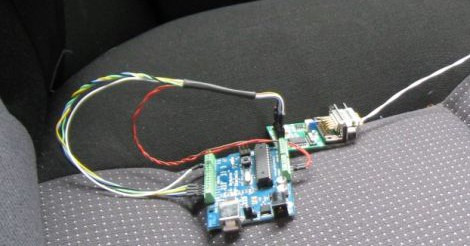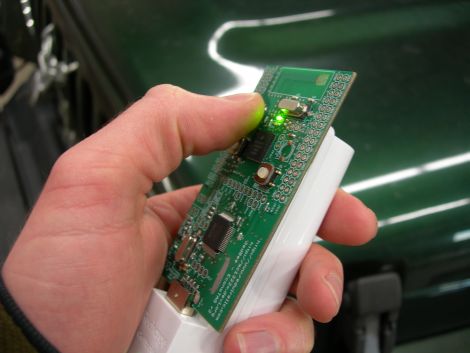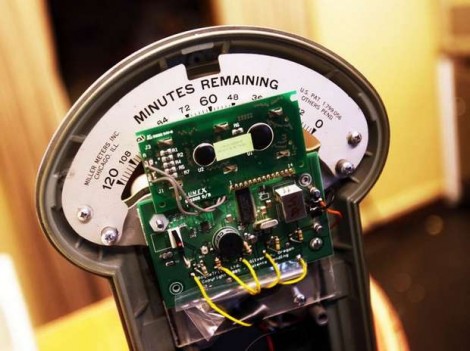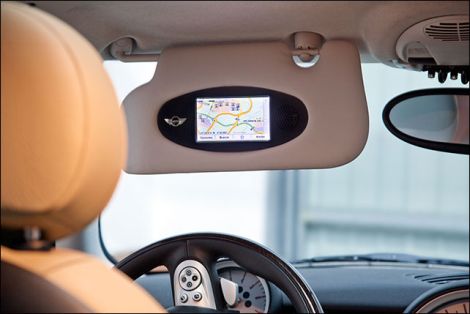
Cruise the beach in comfortable Jamaican style with this motorized hammock. [Stephen Shaffer] and his friends built it for the Red Bull Creation contest which has as its number one requirement, the need to include an Arduino. We’re basically looking at a hammock frame made out of square pipe that has been put on wheels. Watch the video after the break to see the prototyping, construction, and final product. Looks like originally the electric wheelchair base that’s used for propulsion was centered below the hammock. One sharp turn and the rider/operator gets dumped out on the concrete.
The final version includes a couple of wheels that serve as outriggers, keeping the vehicle upright. A PlayStation 2 controller is used for steering and directional control. It’s polled by the Arduino, which then uses servo motors to control the original wheelchair joystick. At least that’s what we were able to figure out by watching the video.
Continue reading “Be Lazy, And Get Somewhere At The Same Time”
















